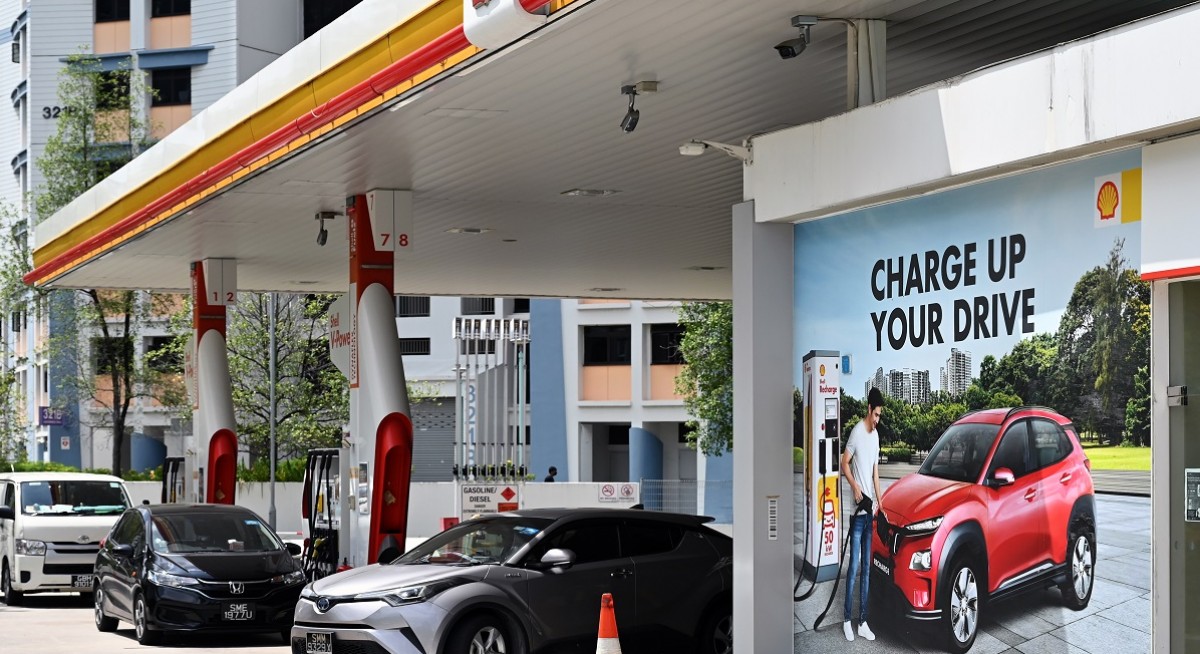The Intergovernmental Panel on Climate Change tells us that the world must reduce greenhouse gas emissions to net zero by 2050 to stop rising temperatures and avoid the extreme weather events they can cause.
This means transitioning away from fossil fuels to cleaner energies with low or no emissions, while maintaining the security of energy supply and providing energy for growth.
Some may consider this a threat to Singapore’s position as a regional energy hub for fuels, lubricants and chemicals across Southeast Asia. I see it as a great opportunity to innovate, re-imagine and forge a different energy future, one that provides more and cleaner energy for growth.
I do so for four reasons.
See also: With no net-zero target, Far East Orchard focuses on cutting Scope 1, 2 emissions
First, ever since Singapore became independent almost 60 years ago it has demonstrated its ability to respond quickly and positively to change. It has done so remarkably consistently throughout all the major financial and energy crises of the past decades.
Second, Singapore starts from a position of strength. It has a resilient and successful economy, with many well-established industries, and is a regional hub in the financial sector and in energy and chemicals.
Third, Singapore is located on one of the world’s busiest and most important shipping routes. Around a quarter of the world’s traded goods pass through the Singapore Strait annually. As a result, the Port of Singapore is the world’s busiest for container transhipment and bunkering, where goods are transferred between vessels and ships refuelled. As an air hub, Singapore also connects and serves a growing region.
See also: Deadly storms, US$3 bil in losses test Vietnam’s climate defences
Fourth, Singapore supports the Paris Agreement. The government has committed not only to the goal of net zero, but also to a plan of action that demonstrates a determination to work through the complex challenges of the energy transition.
Shell has just published scenarios on how Singapore and Southeast Asia might decarbonise their energy systems in the coming decades. While there are many opportunities, there are also risks.
In only one of the three scenarios does the world achieve the Paris ambition of net-zero emissions by 2050.
In the other two it fails for various reasons, primarily because of economic self-interest and withdrawal into insularity, which are longer-term effects of the Covid-19 pandemic. It is the pathway that limits warming to 1.5°C in 2100 that strikes me as the best way forward — for Singapore, the region and the world. This scenario builds on countries working together to achieve common goals and on a rapid and deep transformation of the energy system to reach carbon neutrality.
Given the scale of the challenge, this is a balancing act for any nation. It requires sustained action to tackle climate change without weakening economic competitiveness and growth or jeopardising energy security.
So, what can Singapore do to decarbonise the regional energy system successfully and maintain its position as an energy hub and leading economy?
Common threads across the three scenarios show that it needs, among other things, to prepare its port and airport for cleaner fuels in the nearer term and even non-hydrocarbon alternatives in the longer run. Investments in carbon capture and storage need to be made to remove its own and the region’s emissions from power generation.
Sink your teeth into in-depth insights from our contributors, and dive into financial and economic trends
A more circular economy should be built, starting with using plastic waste as the feedstock for new chemicals. And the transition to electric passenger vehicles must continue.
Singapore can also be an agent for change by using its position as a major player in the oil products energy system to guide the market into new territory. For example, Singapore can promote the need for environmental standards of biofuels to ensure wider adoption, and promote the use of carbon markets to manage emissions.
Scenarios are not forecasts or predictions. They are sketches of what might happen, based on deep analysis of energy markets and trends. They help countries and companies plan and assess variables — mainstream and outlier — and analyse possible pathways forward.
That said, rest assured the next 30 years will hold many surprises. I see a bright future for Singapore. It has already taken many firm steps towards a carbon-neutral future. So too has Shell with its commitment to be a net-zero emissions energy business by 2050, in step with society.
Aw Kah Peng is chairman, Shell Companies in Singapore
Photo: Shell's EV charging station at Sengkang / Alber Chua of The Edge Singapore




